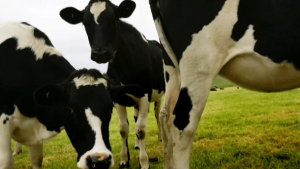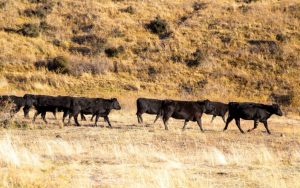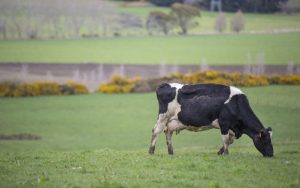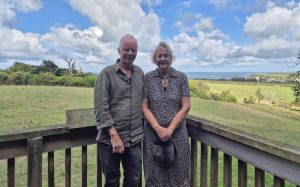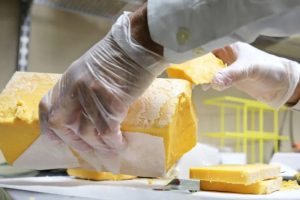
As more farmers look to reduce their environmental impact, there’s growing interest in re-establishing and constructing new wetlands.
Dairy NZ and NIWA, with guidance from the Fish and Game Council have teamed up to create a guide for farmers, which features a Waikato dairy farm as a case study.
Gray and Marilyn Baldwin developed a wetland on their 713 hectare dairy farm, where over 12,000 native plants were put in.
Despite its relatively small size, good design and extensive planting saw the wetland remove around 60 percent of nitrogen, 70 percent of sediment and 20 percent of phosphorus from the water it received.
Fish and Game chair Ray Grubb said it was great to see all the information farmers needed in one place.
“If you’re operating a farm, then you understand that you need to control nutrients, you need to control sediment, you need to control your fishing environment,” he said.
“You need tools to do that, you can’t expect that everyone will have those tools at their fingertips. We think as an environmental organisation, we have a responsibility to assist the industry, in protecting the natural environment, providing the information for people who simply can’t be expected to have as part of their normal day-to-day operation in every case.
“Wetlands are vital for wildlife because they provide valuable habitat for both native and valued introduced species. Healthy wetlands are also crucial in helping to minimise the impact of weather events like floods and droughts, which too many New Zealand communities are unfortunately all too familiar with.”
The new guidelines highlight that as wetlands increase from one to five percent of a catchment area:
-
- Sediment removal typically increases from 50 to 90 percent
- Nitrogen removal increases from 25 to 52 percent in warmer zones of New Zealand
- Nitrogen removal increases from 18 to 38 percent in cooler zones of New Zealand
- Phosphorus removal increases from 25 to 48 percent.
The new guide can be downloaded from Dairy NZ’s [www.dairynz.co.nz/wetlands website].




